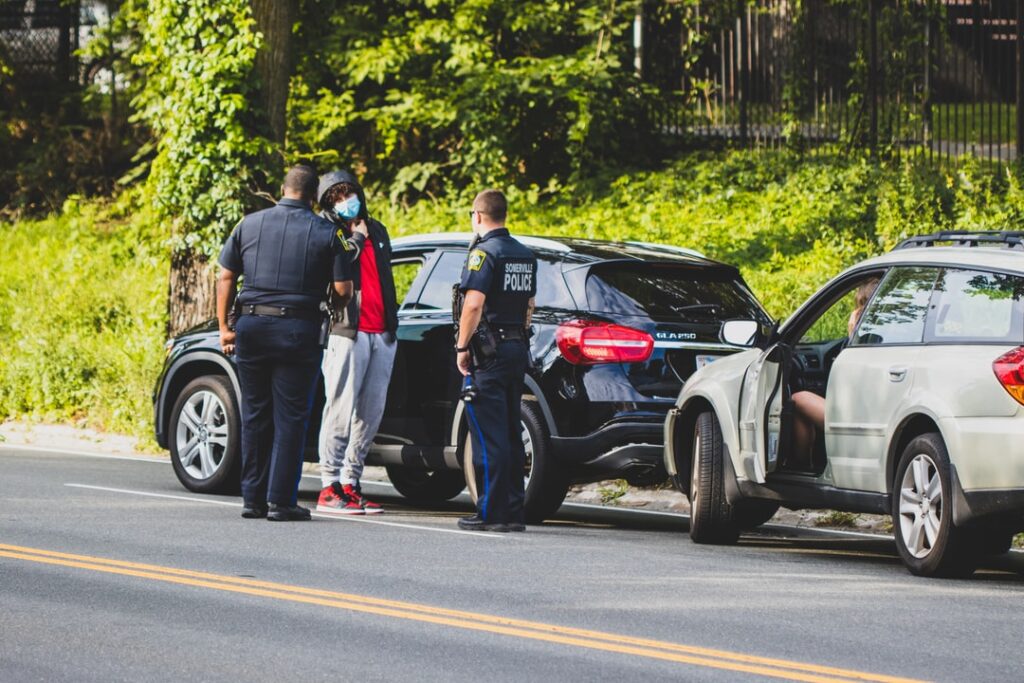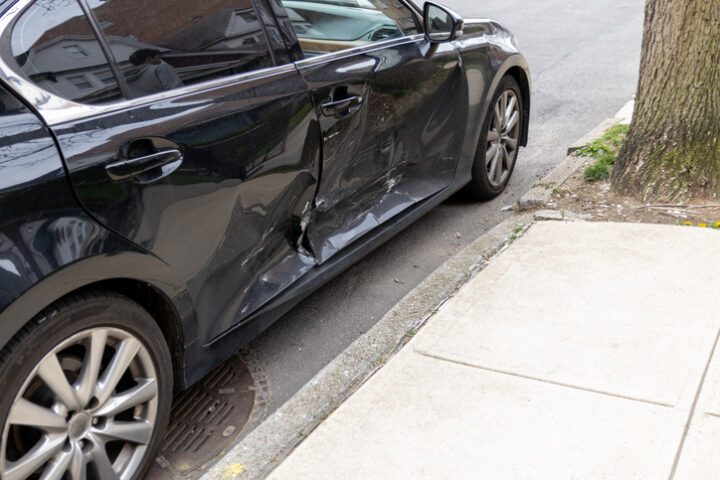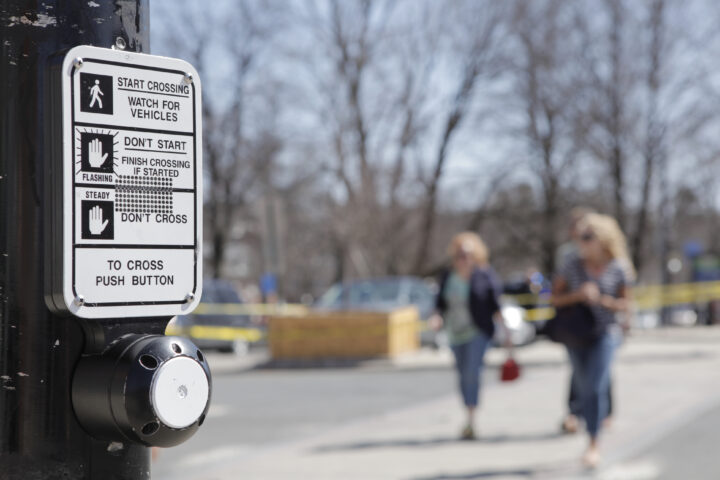
There are over 5 million car accidents in the United States every year. Although a good majority of these may be minor accidents, fatal crashes kill and injure millions of people.
Nobody ever expects to be in a car accident, but unfortunately, car accidents are a common occurrence in California.
If you’re involved in a collision, it’s important to know what to do afterward. Taking the right steps can ensure your safety and protect your legal rights.
Here is a step-by-step guide to what to do after a car accident.
1. Check for Injuries
If you’re involved in a car crash, you should first check yourself and other passengers for injuries. If anyone has injuries, call 911 right away.
You may be too injured or traumatized to call 911. In this case, you should ask someone else to do it. Remember to remain calm and wait for help to arrive.
Don’t try to move an injured person unless they are in immediate danger, as you might hurt them further. Once the emergency responders arrive, they will assess the situation and provide medical attention if necessary.
Don’t ignore checking for injuries even when you think you’re okay. Some injuries may not present themselves immediately after an accident. For example, you might have whiplash, a neck injury caused by the force of the collision.
2. Move to a Safe Place
After ensuring that everyone involved in the accident is okay, you should move your car to a safe location if possible. If your vehicle is operable, move it to the side of the road. The goal is to clear the roadway so other vehicles can pass and prevent additional accidents.
If your car is not operable or it’s unsafe to move, turn on your hazard lights and wait for help. Leave it at the accident spot and move yourself and other passengers to the sidewalk.
When getting out of your car, be careful. Watch for oncoming traffic and don’t stand in the middle of the road.
3. Alert the Police
You should always call the police after a vehicle accident, even if it’s a minor fender-bender. The police will document the accident and create an official report.
You can use this report as evidence when filing an insurance claim or personal injury lawsuit. It will also help to establish who is at fault for the accident. If the police refuse to come to the scene of a minor accident, you can go to the police station and file an accident report yourself.
4. Seek Medical Attention
If you’re injured, it’s essential to seek medical attention as soon as possible. In some cases, injuries sustained in car accidents don’t present themselves until days or weeks after the accident.
A doctor should examine you as soon as possible to ensure the documentation of your injuries. These medical records can serve as evidence when filing an insurance claim or personal injury lawsuit.
Failing to seek medical attention right away could also hurt your chances of receiving compensation. The insurance company may argue that your injuries aren’t as severe as you claim because you didn’t seek medical attention immediately.
5. Get Contact and Insurance Information from Other Drivers
After ensuring that everyone is safe, you should exchange insurance and contact information with the other driver involved in the accident. Get their name, contact information, license plate number, and insurance information.
You should also write down the make and model of their car. It’s also vital to note the accident’s location. If there are witnesses to the accident, get their names and contact information.
When exchanging these details, avoid discussing who is at fault for the accident. Insurance companies can use these discussions against you later.
6. Document the Accident Scene
If you’re not too injured, gather evidence at the accident scene. Start by taking pictures of the damage to your car and the other driver’s car.
It would also be helpful to take pictures of any injuries you or your passengers may have and the accident scene itself. Capture road signs, traffic signals, skid marks, and everything else relevant to the accident.
These photographs will help establish what happened and who was at fault. You can also use them as evidence when filing an insurance claim or personal injury lawsuit.
If you can, use your phone to record the accident scene video footage. The video will supplement the photos. Other than photos, write down everything you remember about the accident while it’s still fresh in your mind.
7. Hire a Car Accident Lawyer
If you or a passenger is injured in a vehicle accident, you should hire a personal injury lawyer. A lawyer will notify your insurer of your accident and injuries and deal with the insurance company on your behalf.
Your lawyer will analyze the available evidence, negotiate a settlement, and, if necessary, file a personal injury lawsuit. If you were involved in a hit-and-run or the other driver doesn’t have insurance, you might still be able to recover compensation with the help of a lawyer.
Insurance companies often try to lowball accident victims by offering them settlements that are much lower than they deserve. An experienced car accident lawyer will fight for the maximum compensation possible.
Your lawyer will also handle all the paperwork involved in filing a personal injury claim or lawsuit. This will allow you to focus on your recovery.
Get the Compensation You Deserve After a Car Accident
Understanding the steps following a car accident is critical for anyone involved in a car crash. These steps will help you protect your rights and receive the compensation you deserve. If you’re involved in a car crash, follow the above steps to ensure the best possible outcome.
If you need a car accident lawyer in Torrance, CA, you can count on our team at South Bay Accident Lawyers. We will put our experience and dedication to work to help you recover the compensation you deserve.
Contact us today to schedule a free consultation.


